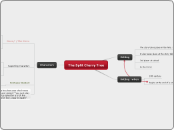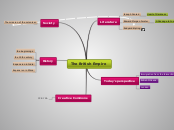da Diana Lopez mancano 4 anni
270
Organigrama
Chronicles have played a significant role in preserving historical narratives, both real and imagined, by documenting events in a chronological sequence. The Anglo-Saxon Chronicle, which began in the 9th century and continued through the mid-12th century, stands out as a crucial collection for understanding early English history and language.









